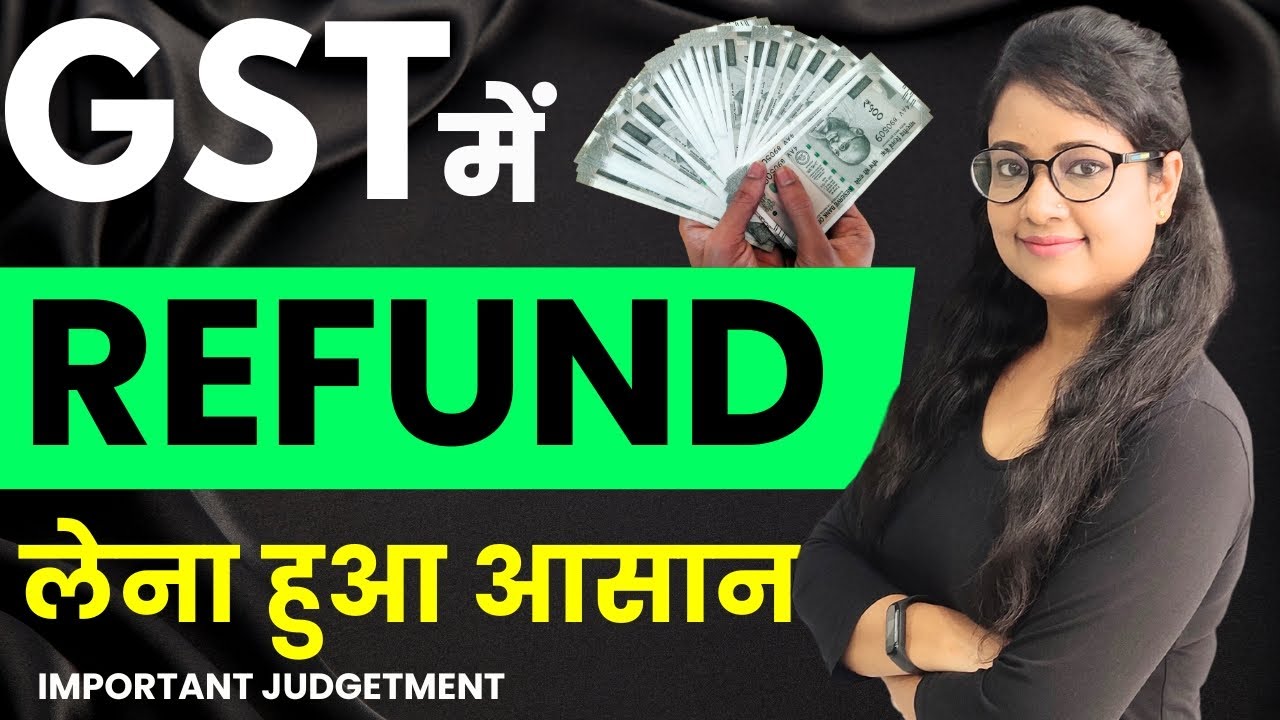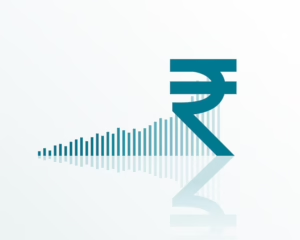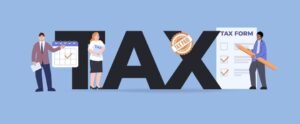Guide on GST Refunds for Excess Tax
- 22 Aug 24
- 14 mins
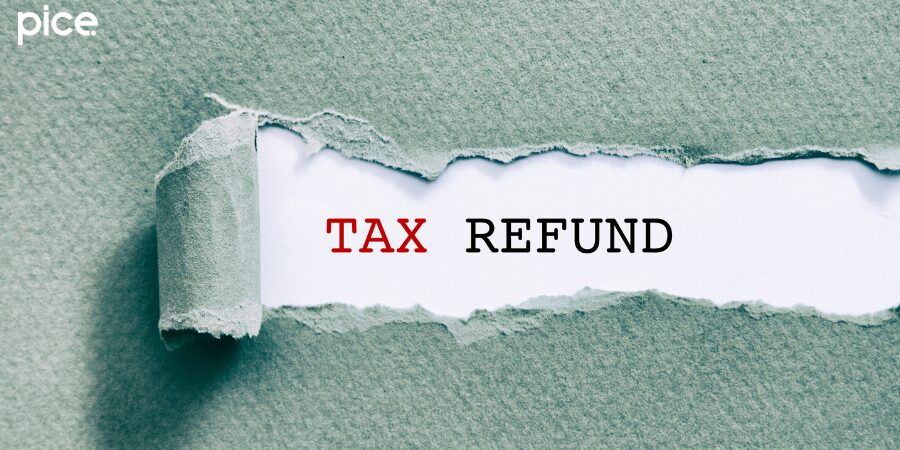
Guide on GST Refunds for Excess Tax
- Who Should Make GST Payment?
- When Should GST Payment Be Made?
- Understanding GST Refunds for Excess Tax Payments
- Scenarios Leading to Overpayment of GST
- Required Documentation
- Procedures for Applying for Various GST Refunds
- Calculating GST Refunds
- Time Frame for Claiming GST Refunds
- Business Compliances and Additional Considerations
Key Takeaway
- GST refunds for excess tax payments help businesses recover overpaid taxes, improving cash flow and financial management.
- Accurate and comprehensive documentation is essential for a smooth and swift GST refund process, avoiding delays and rejections.
- Regular audits and reconciliations can identify and rectify overpayments promptly, preventing future excess tax payments.
- Timely submission of GST payments and refund claims ensures compliance with GST regulations and avoids penalties and interest charges.
- Understanding different refund types and their specific requirements is crucial for businesses to effectively manage their GST obligations and streamline the refund process.
Who Should Make GST Payment?
Regular taxpayers, casual taxable people, and those enrolled under the composition system are among the several taxpayer kinds who have GST payment requirements. Those who offer products and services are considered regular taxpayers since they must collect GST from their clients and send it to the government. This category comprises both big businesses and small businesses that make more than the required turnover to register for GST.
Furthermore required to pay GST are casual taxable individuals, who sometimes provide products or services in a taxable region without a regular place of business. To carry on lawfully, these people or companies need to get a temporary registration and pay GST in advance depending on an anticipated turnover.
Taxpayers using composition schemes must pay GST at a certain proportion of their turnover. Small companies are supposed to find this program to lessen their regulatory load. Whatever the taxpayer type, it is important to be aware of the particular GST regulations that apply to their business and to make sure that payments are made on time and accurately to prevent interest and penalties.
When Should GST Payment Be Made?
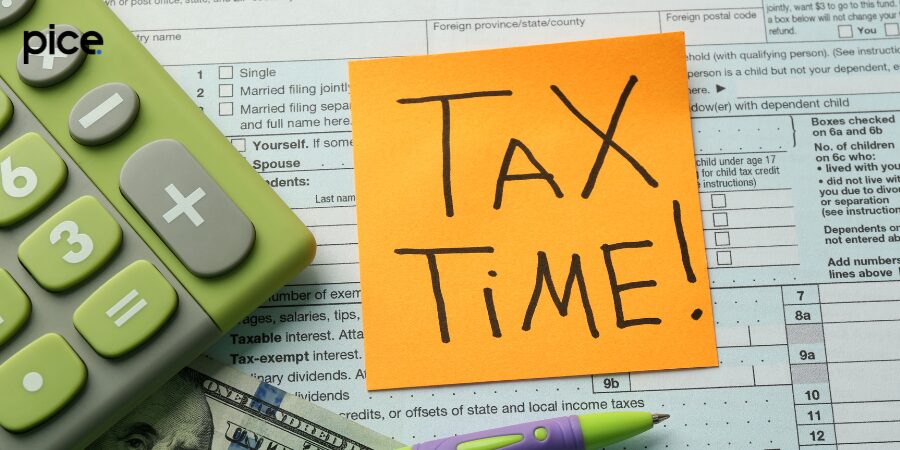
The GST statutes provide deadlines for GST payments, which usually coincide with the tax period for submitting GST returns. Generally speaking, normal taxpayers have to pay their GST by the 20th day of the month after the tax period. Accordingly, the GST payment for the January tax period is required by February 20th.
Quarterly payments are due from taxpayers who are enrolled under the composition program. They have until the 18th day of the month after the quarter ends to submit their GST returns and pay the relevant taxes. For the quarter ending in March, for example, payment is due by April 18th.
💡If you want to pay your GST with Credit Card, then download Pice Business Payment App. Pice is the one stop app for all paying all your business expenses.
Aside from these normal times, businesses need to be aware of some situations that could change when they get paid. Casual taxed people, for example, must pay GST in advance before they start their business, based on how much money they plan to make. Also, any extra taxes that are due because of assessments, audits, or changes must be paid right away to avoid interest and fines.
To stay in line and stay out of legal hot water, GST payments must be made on time. Businesses should check their GST needs often, keep their books in order, and use the GST website's tools to make sure all payments are made on time.
Understanding GST Refunds for Excess Tax Payments
People who pay more GST than they are supposed to get a GST return for extra tax payments. This can happen for many reasons, including mistakes made by the clerk, a wrong understanding of the tax liability, or changes in the nature of the transactions after the tax return has been filed. Businesses need to get returns quickly because overpayment can hurt their cash flow.
People can get refunds through the GST site, but they need to fill out certain paperwork and show proof of their identity. Businesses can get back the extra tax they paid and use the money to improve their operations through the return process. Even though this process is simple, you need to pay close attention to every detail to avoid delays or rejects.
It's very important to know about the different kinds of GST returns and when they apply. Whether the mistake is found during a regular check or through self-assessment tax, businesses can run more smoothly if they know the exact steps they need to take to get their money back.
Scenarios Leading to Overpayment of GST
There are several reasons why someone might pay too much GST. When companies file GSTR-3B, they often make the mistake of figuring out their tax bill wrong, which means they pay more tax than they need to. Overpayment can also happen when the type of deal changes, like when you switch from interstate supply to intrastate supply. Also, clerical mistakes like entering data incorrectly can lead to differences that require extra tax payments.
Another place where overpayment could happen is in export deals. Due to mistakes in the process, companies that sell goods and services without paying tax may still have to pay GST. It's also possible for supplies to SEZ units or investors to happen, with or without tax being paid.
Businesses can plan ahead and avoid overpayments by understanding these situations. Regular checks and reconciliations are good ways to find and fix overpayments right away. Another way to lower the risk of paying too much tax is to teach your staff about GST rules and how to classify transactions.
Required Documentation
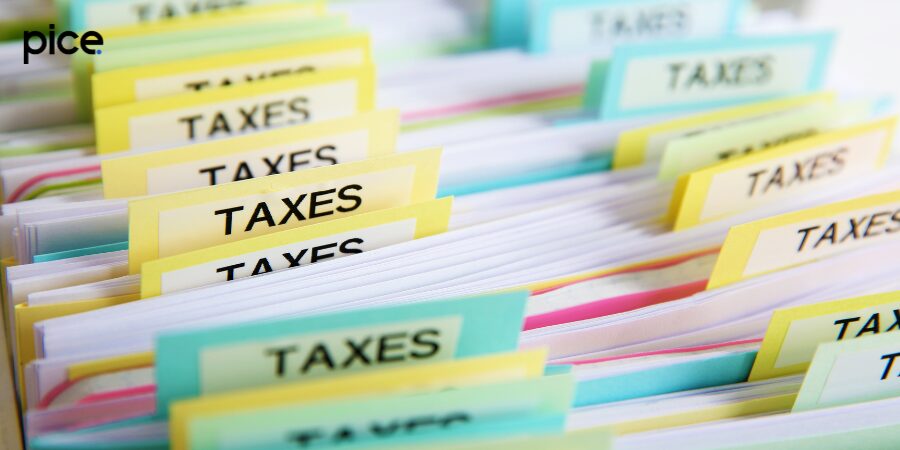
When applying for a GST refund, the documentation plays a crucial role in substantiating the claim. Key documents include the refund application form (RFD-01), proof of excess payment, and copies of GSTR-3B forms. Additionally, invoices related to the transactions, bank statements showing the payment, and any correspondence with tax authorities should be included.
Accurate and comprehensive documentation ensures that the refund process is smooth and swift. Businesses should maintain organized records of all GST transactions, including export documentation and receipts of supplies to SEZ units. This practice not only aids in claiming refunds but also supports regular GST compliance.
Keeping a checklist of required documents and regularly updating it as per the latest GST regulations can prevent last-minute hassles. Businesses should also consider consulting with tax professionals to ensure all documents are correctly prepared and submitted.
| Document Type | Description |
|---|---|
| Refund Application Form (RFD-01) | The primary form to be filled and submitted for claiming the GST refund. |
| Proof of Excess Tax Payment | Documents showing the excess tax paid, such as tax payment receipts or statements. |
| Copies of GSTR-3B Forms | Filed GSTR-3B forms showing the tax payments made. |
| Invoices | Invoices related to the transactions for which the refund is being claimed. |
| Bank Statements | Statements showing the payment of the tax amounts claimed as excess. |
| Export Documentation | Proof of export for transactions involving the export of goods/services. |
| SEZ Unit/Developer Supply Receipts | Receipts or proof of supplies made to SEZ units or developers. |
| Correspondence with Tax Authorities | Any communication with GST authorities related to the refund claim. |
| Input Tax Credit (ITC) Ledger | Detailed records of input tax credits claimed. |
| Shipping Bills | Documents proving the shipment of exported goods. |
| SEZ Unit/Developer Certification | Certification from SEZ units/developers acknowledging receipt of goods/services. |
| Tax Calculation Sheets | Detailed calculations showing how the excess tax amount was determined. |
Procedures for Applying for Various GST Refunds
Surplus Cash in Electronic Cash Ledger
- GST portal > navigate to Services and click on Refunds.
- Choose Application for Refund > select Excess balance in Electronic Cash Ledger.
- Fill out the RFD-01 form with the required details, including the amount of surplus cash.
- Attach the necessary documents, such as payment receipts and bank statements.
- Review and submit the application.
- Track the status of your refund application through the GST portal.
Overpayment via GSTR-3B
- GST portal > navigate to Services and click on Refunds.
- Select Application for Refund > choose Excess payment of tax.
- Fill out the RFD-01 form, specifying the tax period and amount of overpayment.
- Attach copies of GSTR-3B forms and proof of excess payment.
- Review and submit the application.
- Monitor the status of your refund claim on the GST portal.
ITC Accumulation from Exporting Goods and Services without Tax Payment
- GST portal > navigate to Services and click on Refunds.
- Select Application for Refund > choose Refund on account of ITC accumulated due to export without payment of tax.
- Fill out the RFD-01 form, including export invoice details and the amount of accumulated ITC.
- Attach export invoices, shipping bills, and proof of export.
- Review and submit the application.
- Track the status of your refund application on the GST portal.
ITC Accumulation from Supplies to SEZ Units/Developers without Tax Payment
- GST portal > navigate to Services and click on Refunds.
- Choose Application for Refund > select Refund on account of ITC accumulated due to supplies to SEZ without payment of tax.
- Fill out the RFD-01 form, detailing the supplies to SEZ units/developers and the accumulated ITC.
- Attach invoices, proof of supply, and documentation from SEZ authorities.
- Review and submit the application.
- Monitor the status of your refund claim through the GST portal.
ITC Accumulation Due to Inverted Tax Structure
- GST portal > navigate to Services and click on Refunds.
- Select Application for Refund > choose Refund on account of ITC accumulated due to inverted tax structure.
- Fill out the RFD-01 form, providing details of the inverted tax structure and accumulated ITC.
- Attach detailed calculations and supporting documents.
- Review and submit the application.
- Track the status of your refund application on the GST portal.
Refunds for Recipients of Deemed Exports
- GST portal > navigate to Services and click on Refunds.
- Choose Application for Refund > select Refund by recipient of deemed export.
- Fill out the RFD-01 form, detailing the deemed export transactions and refund amount.
- Attach proof of receipt of goods/services, invoices, and relevant documentation from suppliers.
- Review and submit the application.
- Monitor the status of your refund claim through the GST portal.
Tax Paid on Supplies to SEZ Units/Developers with Tax Payment
- GST portal > navigate to Services and click on Refunds.
- Select Application for Refund > choose Refund on account of tax paid on supplies to SEZ unit/developer with payment of tax.
- Fill out the RFD-01 form, including details of the supplies and tax paid.
- Attach tax invoices, proof of supply, and SEZ unit/developer certification.
- Review and submit the application.
- Track the status of your refund application on the GST portal.
Tax Paid on Supplies Reclassified from Intrastate to Interstate or Vice Versa
- GST portal > navigate to Services and click on Refunds.
- Choose Application for Refund > select Refund on account of tax paid on supplies reclassified from intrastate to interstate or vice versa.
- Fill out the RFD-01 form, detailing the original and reclassified supply details and tax paid.
- Attach the original tax invoices and supporting documentation for the reclassification.
- Review and submit the application.
- Monitor the status of your refund claim through the GST portal.
Refunds for Suppliers of Deemed Exports
- GST portal > navigate to Services and click on Refunds.
- Select Application for Refund > choose Refund by supplier of deemed export.
- Fill out the RFD-01 form, providing details of the deemed export transactions and refund amount.
- Attach invoices, proof of supply, and any certifications from the recipient.
- Review and submit the application.
- Track the status of your refund application on the GST portal.
Calculating GST Refunds
Calculating GST refunds involves determining the exact amount of excess tax paid. This calculation should be based on accurate data from GSTR-3B forms, electronic cash ledgers, and input tax credit ledgers. Businesses must ensure that all figures are cross-verified and supported by appropriate documentation.
Refund calculators available on the GST portal can assist in this process. These tools help in automating the calculation, reducing errors, and ensuring accurate refund claims. Regular reconciliation of accounts and maintaining detailed transaction records further streamline the calculation process.
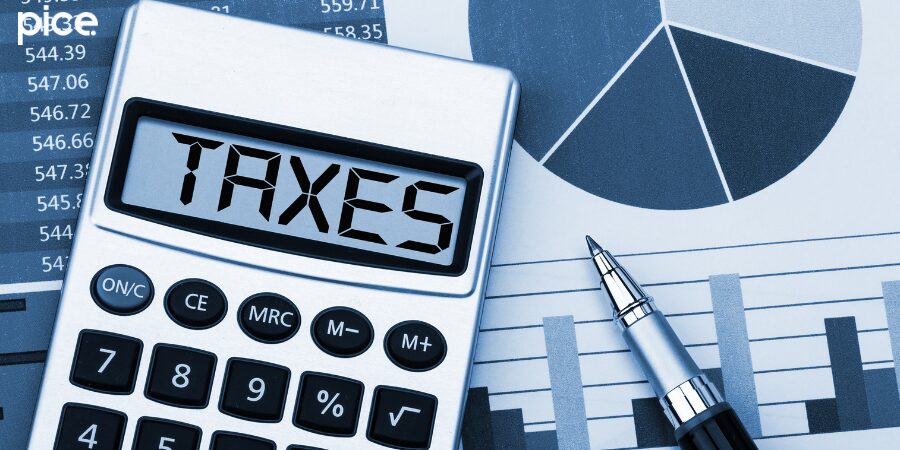
Businesses should also be aware of the different types of refunds, such as refunds on account of inverted tax structures, exports, or supplies to SEZ units. Each type requires specific calculations and supporting documentation to validate the claim. Accurate calculations not only expedite the refund process but also prevent potential rejections or delays due to discrepancies.
Time Frame for Claiming GST Refunds
Usually, you have two years from the date of the tax return to claim a GST credit. This time frame changes based on the type of return. If you paid too much tax, for example, the date that matters is the date that you paid it. Businesses need to keep an eye on these dates so they don't miss out on genuine returns.
Businesses won't have cash flow problems because of late returns if they submit their claims on time. Regular audits and checks on GST payments can help find overpayments early, so businesses can get their money back within the time limit. Also, businesses should keep up with any changes to GST rules that could affect the time they have to file for refunds to make sure they are following the rules and avoid any possible fines.
Business Compliances and Additional Considerations
Maintaining business compliances and adhering to GST refund rules is crucial for a smooth refund process. Businesses should ensure they meet all direct tax compliance requirements and keep accurate records of all transactions. Using tools like the E-way bill system can also facilitate the tracking and management of goods movement, aiding in the refund process.
Understanding the nuances of the GST refund process, including the minimum refund limits and the types of refunds available, helps in better financial planning. For instance, knowing whether a transaction falls under regular assessment or advance tax can impact the timing and documentation of refund claims.
Monitoring the refund status regularly on the GST portal and ensuring all dues of return are filed promptly will help businesses avoid any delays in processing refunds. Proper handling of outward supply records and ensuring the respective return filings are accurate can also prevent discrepancies that might delay refunds.
By following these guidelines and maintaining rigorous business practices, businesses can effectively manage their GST refunds and ensure compliance with all relevant regulations.







